During the spring push, ash trees (Fraxinus spp.) will oftentimes experience extensive defoliation. This problem is the result of moderate to severe infections of the fungal disease ‘anthracnose.’ If rains continue beyond the spring, disease and defoliation will be extended as well.
The fact we always see it in the spring has led many to accept the malady as inevitable, or even biologically normal. It is the purpose of this short article to describe the biology of ash anthracnose and several methods of control.
Ash anthracnose is caused by the fungal pathogen Gloeosporium aridum.
- aridum produces a characteristic charcoal-colored fruiting body (the asexual, spore-bearing structure of a fungal growth), partly embedded in leaf shoots. A casual glance will give the impression of a raised pimple on the plant tissue. Mycologists refer to this type of fruiting body as an ‘acervulus,’ and refer to the diseases caused by fungi bearing this type of asexual fruiting body as ‘anthracnose.’
There are many anthracnose diseases of various crops, caused by a variety of fungal species. These include:
- Almond anthracnose – Colletotrichum acutatum and gloeosporioides
- Apple anthracnose – Cryptosporiopsis curvispora
- Grape anthracnose – Sphaceloma ampelinum
- Ripe rot of grapes – Colletotrichum gloeosporioides
- Bentgrass anthracnose – Colletotrichum graminicola
- Tomato anthracnose – Colletotrichum graminicola
- Tomato anthracnose – Colletotrichum coccodes
- Buttercup anthracnose – Colletotrichum acutatum and gloeosporioides
- Sycamore anthracnose – Gloeosporium platani
- Oak anthracnose – Discula platani
- Oleander anthracnose – Sphaceloma oleanderi
- Cyclamen anthracnose – Gloeosporium cyclaminis and gloeosporioides
- Cattleya anthracnose – Gloeosporium
Common to all pathogenic fungi is the fact that spores are exuded in a gel matrix and distributed primarily by rainwater.
These fungi survive between infections on undecomposed, diseased tissues. In the case of woody hosts (e.g. apple, almonds, sycamore), infected wood oftentimes develops sunken areas which later mature the fruiting bodies (the acervuli). These diseased areas are referred to by pathologists as ‘cankers,’ and are major holdover sites for perpetuation of the disease. Many have referred to these holdovers as ‘perennial canker,’ descriptive of their ability to continue spreading and producing spores for extended periods.
In many other anthracnose organisms (e.g. grape anthracnose, tomato anthracnose, buttercup anthracnose), the fungus produces a hardened agglomeration of fungal tissue, called ‘sclerotia.’ These sclerotia survive for long periods in the soil and can also be carried by wind currents.
Anthracnose is not isolated to a single host, but rather can attack a broad array of plants. Colletotrichum gloeosporioides, for example, has been recorded on more than 68 species of plants representing more than 19 different taxonomic families.
Ash anthracnose survives the winter primarily in cankers, diseased buds and diseased shoots.
Once a tree has this disease, it is important to prune out or excise holdover cankers and other wood. Without pruning away these perpetuation sites, it is very challenging to control the pathogen solely with fungicidal programs. It is easiest to conduct this operation during the summer months when the difference between diseased and healthy tissues is obvious. Fallen leaves and stems should also be collected and destroyed.
In the fall, before the first rains, spray the tree with concentrated Daconil fungicide, diluted at the specified rate. Be sure thoroughly cover all tissues. In the winter, around December, spray copper fungicide and Silwet L-77 spreader at the specified ratios, making sure to coat all tissues. The last protective spray should be made when the tree is beginning to push new growth. This spring application can use the Daconil program.
To summarize:
- Late summer: Prune out diseased tissue, and collect all leaves and other debris from infected sites and destroy.
- Fall, before first rains: Apply Daconil, saturating all tissues to the point of runoff.
- December: Apply copper fungicide and Silwet L-77 to all tissues to the point of runoff.
- March growth push: Apply Daconil to the point of runoff. Then supplement with calcium, Solubor, and 20-20-20.
Note: The above represents an intense program designed for heavily infected tree. As more and more of the disease is brought under control, one may be able to reduce the use of fungicides and step up the nutritional programs.

